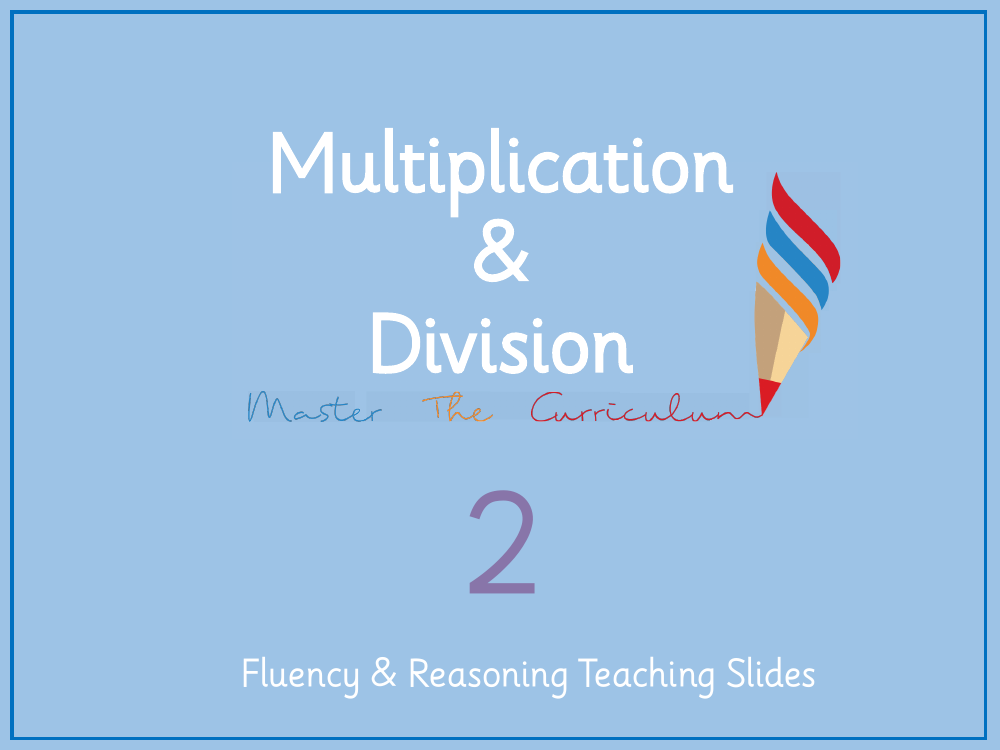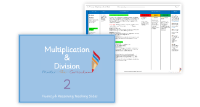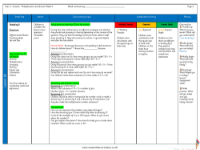Multiplication and division - Divide by 5 - Presentation

Maths Resource Description
In a series of engaging and interactive slides, students are invited to delve into the world of division, specifically focusing on dividing by 5. The lesson is structured to leverage their understanding of the 5-times table to solve division problems efficiently. It begins with a collaborative activity where students are encouraged to recall all the facts of the 5-times table with their peers. Subsequent activities use hands-on materials such as cubes and Lego pieces, prompting students to construct towers of 5 and thereby visually comprehend the division process. For example, with 30 cubes, students can make six towers of 5, clearly demonstrating that 30 divided by 5 equals 6. The approach is designed to foster a concrete understanding of division by associating it with physical groupings.
Further exploring the concept, the lesson presents practical scenarios where division by 5 is applied, such as sharing pencils and lollipops among children. This real-world context helps students to understand when and why we count in 5s, reinforcing the practical application of division in everyday life. Additionally, students are challenged with reasoning tasks that require them to group items and determine the number of groups, such as figuring out how many 5p coins are needed to match the value of a given number of 1p coins. To deepen their understanding, students use number cards to create multiplication and division sentences, which solidifies the relationship between these two operations. Independent work and discussions round off the lesson, ensuring that students can represent problems using objects or images and understand the patterns within multiples of 5, thereby enhancing their ability to divide by this number.



